Historische jiddische Semantik —— Die Bibelübersetzungssprache als Faktor der Auseinanderentwicklung des jiddischen und des deutschen Wortschatzes
----- 历史的意第绪语语义:圣经翻译语言是造成意第绪语和德语词汇差异的一个因素
The language used in the Yiddish Bible translation tradition is extremely well documented both by manuscripts (as of about 1400) and by printed versions (as of about 1535). In the real-life context, its most salient usage is located in the cheyder, the Jewish elementary school. The contribution of this translation idiom to the development of standard Yiddish has been hugely underrated. The present study (a) draws upon the first Hebrew-Yiddish Bible concordance (around 1535) to identify as many elements of cheyder language as possible that ran counter to the development of standard German, (b) explains them with reference to the original Hebrew text, (c) traces their presence in Bible glossaries and translations to establish them as consistent elements in the tradition, and (d) documents their incorporation into ordinary Yiddish all the way up to standard Yiddish. The study is based on the evaluation of some 120 texts from the late 14th to the 18th century.
{{comment.content}}
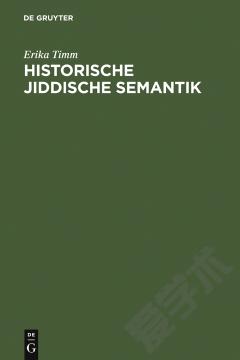


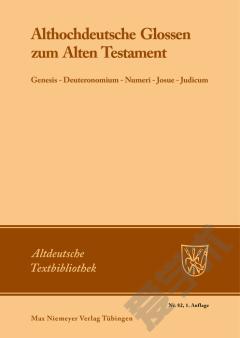
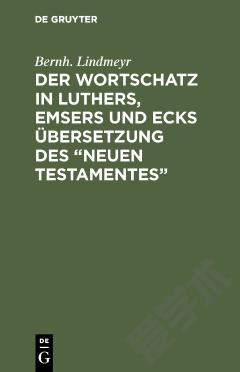
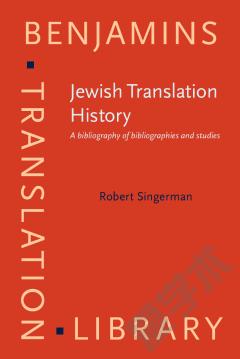
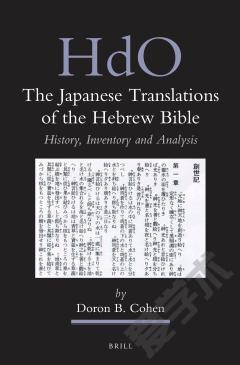

 京公网安备 11010802027623号
京公网安备 11010802027623号